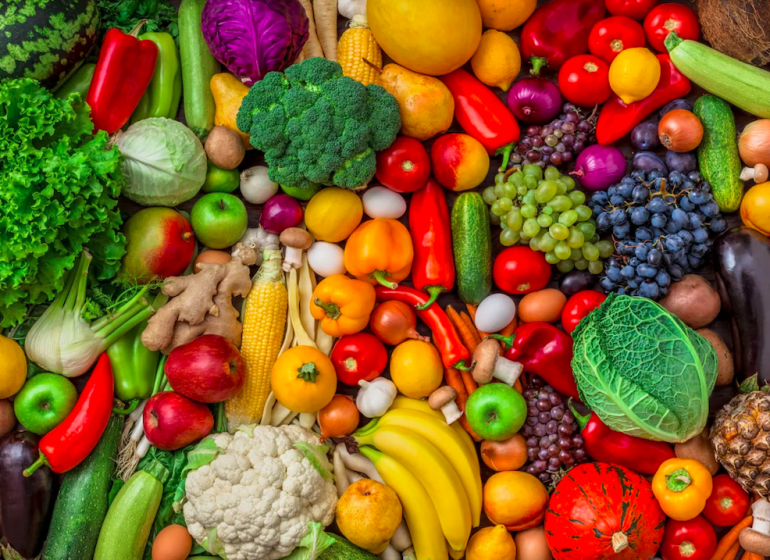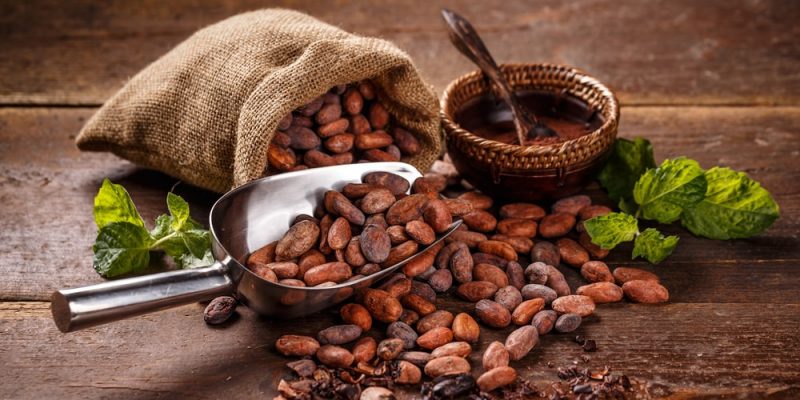Diet can play a vital role in managing diabetes. Certain foods, like non-starchy vegetables, whole grains, and healthy fats, can help stabilize insulin and blood sugar levels.
A person with diabetes can eat a balanced, healthy diet without giving up the foods they love. Important factors in an effective diabetes diet are moderation and wise choice of foods to maintain healthy blood sugar levels.
When a person eats carbohydrates, their body releases the hormone insulin. Insulin helps the body use and store these carbohydrates, which lowers blood sugar levels. In a person with diabetes, the body does not release or use insulin as it should, causing blood sugar levels to remain high.
In this article, we identify some of the best foods for stabilizing insulin and blood sugar levels. We also look at some foods that a person with diabetes should avoid or only eat in moderation.

Non-starchy vegetables
These vegetables are a great addition to almost any diet, including those suitable for people with diabetes.
There are two main types of vegetables: starchy vegetables and non-starchy vegetables. Starchy vegetables are high in carbohydrates, which can raise blood sugar levels.
Here are some examples of non-starchy vegetables
- carrots
- bean sprouts
- broccoli
- asparagus
- cauliflower
- cucumber
- cabbage
- green salads, such as arugula, spinach and lettuce.
Most vegetables are available frozen, canned or fresh. If a person does not eat them raw, roasting and steaming them are two easy preparation methods. Cooking vegetables in moderate amounts of olive oil is also a good way to get more healthy fats into a person's diet.

Whole grain foods
Whole grains are a healthier alternative to highly processed or refined grains. They contain the endosperm, bran and germ of the grain. Refined grains contain only the endosperm, which has fewer nutritional benefits.
The main difference is that whole grains contain more fiber, while refined grains contain only the starchy part of the grain. Eating the starchy endosperm alone can cause a rapid rise in blood sugar levels.
Look for products with 100% whole grain ingredients. Some of the most common examples include:
- whole grain crackers
- popcorn
- brown rice
- whole wheat pasta
- Whole grains
- quinoa
- whole oats or oat flakes
- breads, pitas and tortillas made from whole grains.
A person can incorporate whole grain products into their meals or snacks to help manage their blood sugar levels.

Healthy fats
There are several types of dietary fats. While some types can negatively impact health if consumed in excess, others can contribute to good health.
Healthy fats can be monounsaturated or polyunsaturated. One example is omega-3, a fatty acid abundant in oily fish. Trans and saturated fats can increase bad cholesterol levels in the blood. This may contribute to the risk of cardiovascular disease.
Eating more unsaturated fats and less saturated fat may help reduce the risk of cardiovascular disease. Eating unsaturated fats instead of saturated fats may also help lower low-density lipoprotein (LDL) cholesterol levels and improve blood sugar control. LDL cholesterol is often called "bad" cholesterol.
Many foods are high in unsaturated fats. Here are some examples
- the lawyers
- olive oil
- nuts and seeds
:max_bytes(150000):strip_icc()/Fresh-Salmon-Fillets-by-FudioGetty-Images-2000-02c1384d705a42e5a7801923a51b4377.jpg)
Oily fish
Oily fish, such as salmon, mackerel and herring, tend to contain high amounts of protein and omega-3 fatty acids.
The high protein content is particularly healthy for people with diabetes because it has a low impact on blood sugar levels. They are filling and provide essential nutrients to help the body grow and repair itself.
Consumption of omega-3 fatty acids may reduce the risk of heart failure and promote cognitive function.
People with diabetes should try adding oily fish to their diet twice a week.
As with other foods, preparation is key. Avoid sugary marinades and try grilling fish instead of frying it.

Cocoa
Cocoa is a seed that resembles a bean. By grinding these seeds, we obtain a bitter powder rich in nutrients. Manufacturers use it to create chocolate.
Cocoa contains flavonoids that can help regulate blood sugar levels. Results from several small studies suggest that cocoa may help insulin resistance and slow the progression of type 2 diabetes.
An easy way to add cocoa to your diet is to eat dark chocolate, which contains more cocoa than milk chocolate. However, dark chocolate still contains sugar and excessive consumption can cause a spike in blood sugar levels. Dark chocolate should therefore be consumed in moderation.
Although dark chocolate generally contains less sugar than milk chocolate, brands can differ and it is important to check the sugar content on the label.
Foods rich in protein
Protein is an essential nutrient found in meats, fish, and plant-based foods, such as nuts, beans, and legumes.
Research suggests that protein does not raise blood sugar levels and may help a person feel full longer. High-protein diets may also help people achieve and maintain a moderate weight more effectively than moderate or low-protein diets.
However, a 2016 study found that high protein intake may have mixed results when it comes to the risk of developing type 2 diabetes, depending on the source of the protein.
Previous short-term studies indicate that a high-protein diet can lower a person's blood sugar levels.
However, in the longer term, a diet too rich in animal proteins can increase the risk of type 2 diabetes. On the other hand, a diet rich in plant-based proteins can slightly reduce this risk.
A person with diabetes should choose foods that contain a lot of protein but little saturated fat. Here are some examples:
- fish, such as salmon, mackerel and tuna
- skinless poultry, such as chicken and turkey
- beans, such as lima beans, kidney beans, or black beans
- lentils
- nuts and seeds
- soy and tofu
- low-fat dairy products, such as low-fat Greek yogurt.
It's easy to add protein to a meal. For example, beans are a great addition to salads, as are roasted chicken breasts without toppings.
Foods to limit
There are several foods that a diabetic person should limit or consume in moderation.
The following foods can cause blood sugar and insulin spikes:
- sugary drinks, such as soda, fruit juice, and sports drinks
- processed foods and baked goods, which often contain trans fatty acids
- white rice, bread and pasta
- breakfast cereals containing added sugars
- yogurts containing added sugars
- honey and maple syrup
- flavored and sweetened coffee-based drinks
- French fries
Benefits of stable insulin and blood sugar
Diabetes can cause a range of symptoms and health problems. Maintaining regular insulin and blood sugar levels can have a range of benefits, including:
- an improvement in mood
- reduction of fatigue
- improved brain and blood vessel health
- Effective diabetes management can also reduce the risk of more serious complications, including:
- cardiovascular illnesses
- nerve damage
- vision loss and blindness
- slow wound healing
- recurrent infections
Summary
To stay healthy, people with diabetes need to manage their blood sugar and insulin levels.
In addition to medications, lifestyle and dietary changes are an essential part of diabetes management. Certain foods can help keep blood sugar levels stable, while others can lower them.
By eating a balanced diet consisting of whole grains, vegetables, legumes, lean proteins, nuts and seeds, a person can better control their blood sugar and insulin levels.







